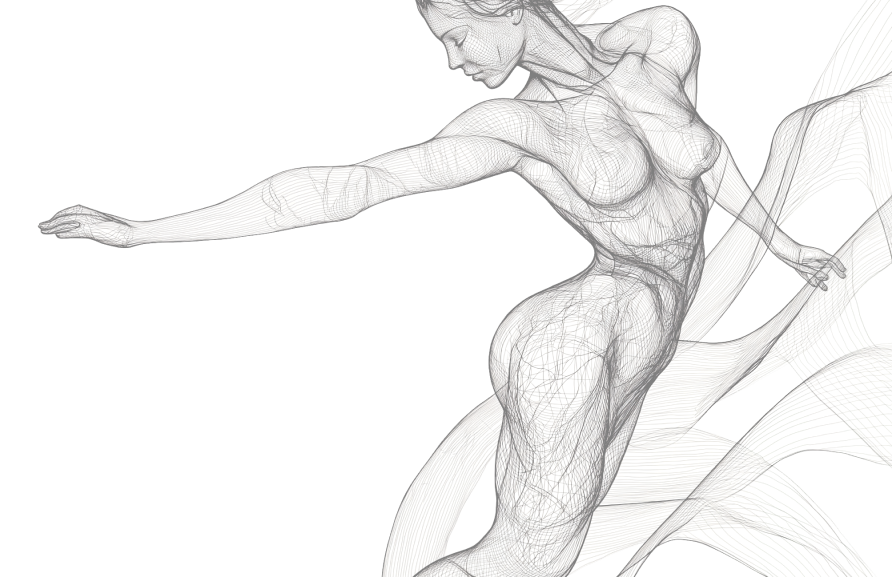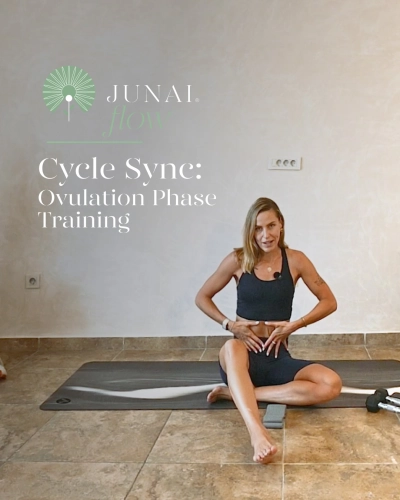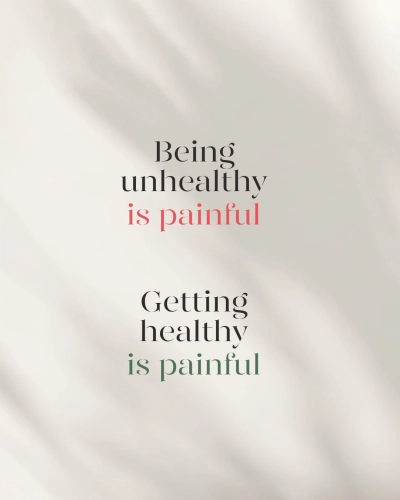Nature's pure power matched with scientific expertise
Meticulously selected and sourced ingredients
Effective and comprehensive formulations
Effortless inclusion in your daily routines
For a balanced life, feeling great in your own body

Noticeably positive changes that leave you feeling terrific
Junai's products are all natural and free of any unnecessary additives. They harness the raw power of pristine ingredients, formulated together with scientific precision. Include them in your daily routine effortlessly today!
Our StoryJunai Products

Junai Her
- Gentle but steady natural support for female cycles
- Hormonal balance along with microfloral harmony
- Strengthened immune system and increased energy levels

Junai Him
- A natural pillar of masculine health, focus, and strength
- Amped-up energy stores for tackling whatever comes at you
- Increased physical capacity and boosted libido

Junai GLP-1 Slim
- A powerful natural tool to help you meet and maintain your target weight
- Stimulated metabolism, improved digestion, and stabilized energy stores
- Natural appetite suppressant that curbs cravings and makes you feel full longer


Completely natural. Completely Junai.
Junai honors the power of mother nature, so our products are exclusively formulated from choice, organically sourced, fair-trade ingredients. Effective formulations for the best possible results. Tried and true.

How it supercharges you
Natural support
Hormonal balance
Immune system
Energy levels
mental clarity
Physical strength
Recent posts on our blog
How to Keep Your Energy Up after Summer Break
Summer is slowly saying its fond farewell, and ahead of us are cooler mornings, shorter days, and new platefuls of responsibility.
More
Beat winter sniffles with a boosted immune system
Take control of your immune system this fall and stay ahead of the game

Why chlorella is so important for boosting the female immune system
Have you been feeling unusually tired lately? Perhaps you’ve been falling ill more frequently lately? Junai Her is chock full of chlorella to boost your immune system.

Switching Back to Work Mode: How Men Can Keep Our Energy Levels Up in Autumn
We all know the feeling: on vacation you’re full of energy, relaxed, and motivated, and then suddenly 1 September arrives and you’re faced with a pile of responsibilities, shorter days, and less time for yourself. But transitioning from a light holiday rhythm to a faster-paced, everyday routine doesn’t have to be exhausting.



























